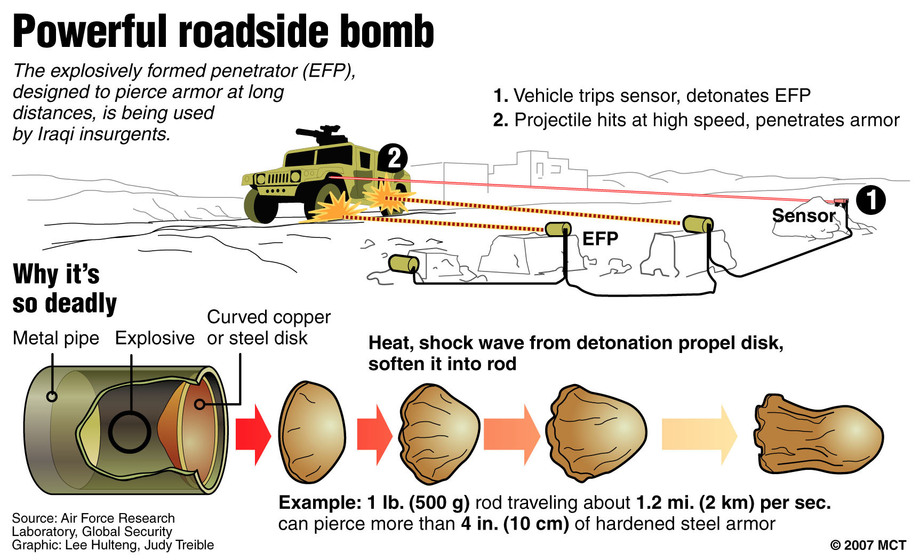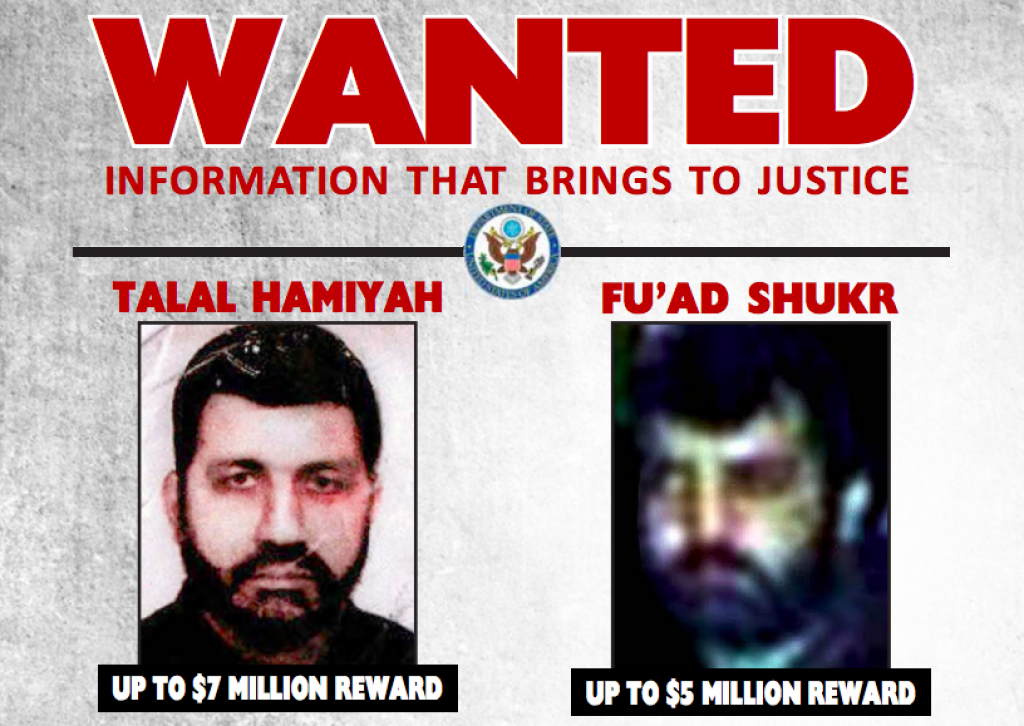Can the U.S. and allies counter the Chinese program of armed drones or Iran’s?
Beijing has developed an arsenal of unmanned aerial systems ranging from stealthy combat drones to networked-drone swarms. While the U.S. military still remains superior in technology and in number of drones – with the U.S. military reportedly operating some 7,000 and Chinese military operating at least 1,300 – China is quickly gaining traction.
China’s CH-3 and Ch-4 are broadly modeled off variations of the U.S. Predator and Reaper drones. The next iteration, the CH-5, with a 4400-mile flight range over 60 hours – soon to be 12,000 miles over 120 hours – and payload of over one ton of weapons and sensors, including modules designed for electronic warfare and early warning radar to detect enemy aircraft, is the country’s most advanced drone to date. It can even communicate with other combat drones such as earlier CH-3 and CH-4 models to conduct joint missions. Similarly, the smaller CH-805 Stealth Target Drone, which can fly at near supersonic speeds to mimic Chinese fighters on air defense systems, would likely be used operationally as a wingman for manned aircraft.
Notably, however, China must tailor its military doctrine to engage a conventionally superior foe in the United States, who has prioritized expensive and highly advanced drone hardware such as the Global Hawk. For this reason China has sought to foster drones that will enable it an asymmetric capability – an inexpensive attack force operating together and capable of quick yet not decisive attacks. For this reason, Beijing has sought swarms of small, low-tech, possibly 3-D printable drones linked together through high-tech artificial intelligence to create a cognitive hive mind, or swarm.
For example, China’s SW-6 is a small “marsupial” drone with folding wings that can be dropped en mass from cargo chutes or helicopters to conduct persistent surveillance, jam enemy communications, or even relay friendly communications in contested airspace. While the drone is unarmed, it could network with other SW-6s to hunt, swarm, and even dive-bomb enemy targets. This would allow Beijing to project power within its sphere of influence with a lower probability of outright military confrontation – the presence of unarmed drones do not trigger escalation in the same way that fighter jets or aircraft carriers do.
“Should a U.S. warship all of sudden get swarmed by hundreds if not a thousand small unarmed drones, it could have disruptive and distracting effects – impacting electronics and target acquisition for U.S. weapons systems by blinding them,” says Doug Wise, former Deputy Director of the U.S. Defense Intelligence Agency. “By having the nonlethal drone military capability, it also gives the Chinese a non-kinetic way to conduct military operations in the prosecution of the sovereign Chinese seas – expedite control of a disputed island or interdict maritime traffic to control the waters.”
Part of the reason the Chinese military has likely kept its drones near the mainland could be a lack of space-based communications for over-the-horizon flight control where there is not a direct line of sight between the Chinese-based ground control and the drone. But China has already displayed an ability to do conduct such operations in a limited fashion, and as Beijing’s constellation of satellites grows, so will its ability to conduct remote operations in far off places where it has national interests, such as Africa and the Middle East, where drones could be launched from its new military base strategically positioned in Djibouti.
While drones might play a narrow asymmetric roll in Chinese military doctrine at the moment, the prominence of Chinese drone technology in defense trade shows suggests Beijing is also seeking to incorporate the technology into its broader foreign policy. Besides the United States, who has sold armed drones to the British and Italian militaries, China is the only other exporter of lethal drones, providing them to governments with questionable human rights records, such as Pakistan, Iraq, Nigeria, Saudi Arabia, Egypt, the United Arab Emirates, and possibly even the Somali military. China is even building factories for its drones outside of its borders, in places like Saudi Arabia, Pakistan, and Myanmar, essentially bypassing plausible export restrictions all together.
But while China is becoming a true competitor of the U.S. in the provision of key weapons systems such as drones, it is also replacing Russia as the cheaper and less restricted alternative supplier. For example, a Chinese CH-4 drone costs a mere $4 million on the global market, while the MQ-1 Predator and ground station costs a reported $20 million. More here.
***
On Oct. 5, 2017, Maghreb Confidentiel — a professional journal covering Africa’s intelligence services — revealed that the Libyan National Army has obtained Iranian-made Mohajer-2 drones.
War Is Boring’s own sources in Libya confirmed the claim. A photo provided by LNA militants shows one of the Iranian UAVs at an unspecified air base.
The Libyan engineer in the picture – his face obscured for security reasons – works with the LNA. But the provenance of the drone is unclear.
There are two sources plausible sources. Iran and Sudan.
The Mohajer-2 is powered by a 25-horsepower WAE-342 twin-cylinder piston engine. Generally unarmed, the Mohajer-2 is optimized for reconnaissance missions. It boasts a 50-kilometer range and a maximum speed of 200 kilometers per hour. Its ceiling around 3,350 meter. Its endurance — 90 minutes or so.
Iran, Sudan and Venezuela all use the Mohajer-2.
The first possibility is that Iran itself supplied the drones to the Tobruk-based Libyan regime, possibly via an intermediary such as Russia, which has also transferred MiG-23s and spare parts to the LNA.
The transfer could have occurred via the air cargo companies that regularly visit LNA bases, including Moldovan firms Sky Prim Air and Oscar Jet.
All that said, some of the LNA’s strongest backers are Sunnia-Arab countries — major opponents of Iran. In accepting drones from Tehran, even indirectly, Tobruk could risk alienating its most important backers.
That leaves Sudan. Khartoum has, in general, supported militants in Misrata and the Libyan Government of National Accord — a rival of the LNA. Sudan has provided ammunition, spare parts and technical maintenance and Sudanese crews for the pro-GNA Libya Dawn Air Force.
**
photo
But there are indications that Khartoum has occasionally aided the LNA.
The Justice and Equality Movement and the Sudan Liberation Movement are Sudanese Islamist opposition groups, most of whose members are Darfuris. They are part of the Sudanese Revolutionary Front, an alliance of Sudanese factions opposed to the government of Pres. Omar Al Bashir.
Rebels from these two armed groups regularly enter Libyan territory, notably the Kufra region. In February 2016, JEM and SLM fighters attacked the city of Kufra, which was then under the control of the Tobruk-based House of Representative.
Since October 2015, the main armed group in the area has been the Subol Al Salam brigade – a Salafist militia – which is said to be operating in alliance with the LNA’s leader Khalifa Haftar.
In October 2016, this militia reportedly killed 13 JEM militants and destroyed two vehicles near the oasis town of Jaghboub. Despite this, Sudan regularly complains that Libya — that is to say, the Tobruk government — does nothing to prevent the various Darfuri rebel groups from crossing into Libya.
Lacking infrastructure in the south of Libya, the LNA can only use light armed-reconnaissance aircraft – SIAI Marchetti SF.260s – to monitor the Sudanese-Libyan border. One of these Italian-made small planes crashed south of Kufra in May 2017, killing the two crew members.
Khartoum has operated Iranian-made UAVs since 2008, as Africa Confidential reported. That year, the Sudan Liberation Movement-Unity Commanda shot down a Ghods Ababil-3 over Darfur. According to Africa Confidential editor Patrick Smith, the drone was probably controlled by Iranian technicians in Sudan.
The Sudanese air force has used many types of UAVs and lost at least six in combat – most of them shot down by rebels.
Despite past tensions between Tobruk and Khartoum due to Sudan’s support of the regime in Tripoli, an agreement between the Libyans and Sudanese may have facilitated Sudan’s supply of Mohajer-2s to Tobruk and the training of operators, all in order to monitor and prevent the crossing of the Libyan border by JEM and SLM militants.
Of course, it’s also possible that the LNA captured the drones from the GNA when the former seized Al Jufra air base in June 2017. The LNA could have grabbed Mohajer-2s along with the ex-Libya Dawn MiG-23UB fighter that LNA fighters found at the base.

 Staff Sergeant Clayton Bowen, 29, of San Antonio, Texas, and Private 1st Class Morris Walker, 23, of Chapel Hill, N.C., were
Staff Sergeant Clayton Bowen, 29, of San Antonio, Texas, and Private 1st Class Morris Walker, 23, of Chapel Hill, N.C., were 







